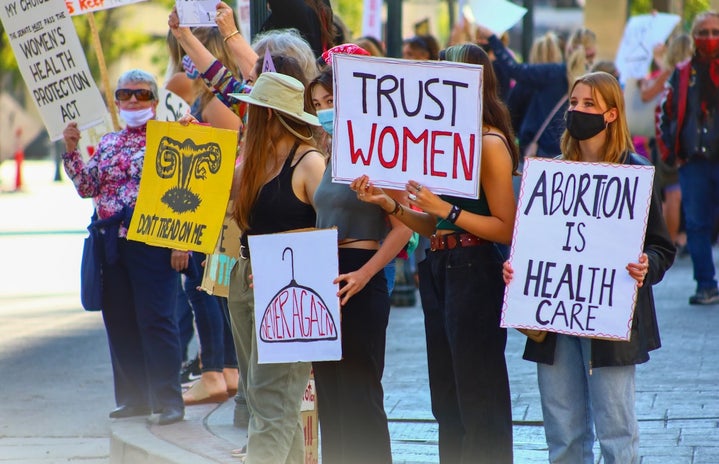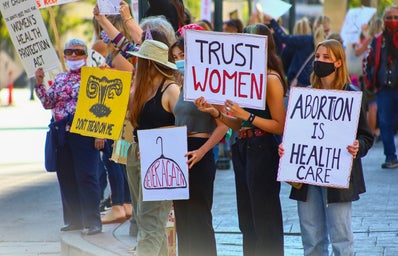Last summer, the Supreme Court reviewed the case of Roe v. Wade, which led to its unfortunate overturn. The overturn of Roe was detrimental to people with a uterus. It put the right to bodily autonomy and the right to choose on the line in half of the states that make up the US. Even though it might have felt like it blindsided the American people, there’s an explanation for everything. So, let’s dive into exactly what happened in the overturn of Roe vs. Wade and let’s figure out how it got here from then.
- Interpreting the Constitution and the Bill of Rights
- There are a bunch of different ways to understand the Constitution and the Bill of Rights, which is why there have been so many different readings of it. There have been multiple different “rules” that are used to interpret the Law. This is one of the reasons that there have been amendments made to the Constitution. Former Justice Scalia is a huge reason why the Constitution is read under a Textualist and Originalist lens. Textualism is basically understanding the words that make up the law for their literal definition. It is a serious process that uses extensive research to understand what the law means exactly. Originalism is textualism to the max. Originalism looks at the definition of the word at the time that the law was written. In other words, Former Supreme Court Justice Scalia set a precedent for how the law should be read. Both of these lenses aim to take bias out of judicial rulings.
- Justices on the Bench and their Interpretation
- Since Justice Scalia was nominated to the bench and read laws through the originalism and textualism lenses has become a very popular way to understand legal cases, documents and laws. Currently, six of the nine justices on the bench are accustomed to these lenses for their interpretations.
- The Amendments Involved
- The amendments that were responsible for the passing of Roe were the same amendments that overturned it. The main amendments that were involved in both Roe and Dobbs, the case that overturned Roe, are the ninth and the fourteenth amendment. Both deal with the right to privacy for the American citizen. Roe and Dobbs used the same amendments to come to different conclusions.
- What Does This Mean?
- The two cases used the same amendments and came to different conclusions because of their different interpretations of the amendments and cases themselves. The Supreme Court said that this was done to avoid “legislating from the bench”. They felt that it was wrong that Roe imposed a federal law for a medical procedure. The current court that they thought that this was a mishandling of the power that they have and wanted to let the individual states decide.
What this all means is that some states have more restrictions than others when it comes to abortion access. States are having to write bills and pass them to amend their constitution in order to protect access to abortion. Other states are writing and implementing laws that restrict access to abortion. However, they are not trying to change the state’s constitution to restrict abortion entirely. There are states restricting, and other states are expanding access because of the recent change in the federal law. What everyone needs to do is go out and vote in local and state elections. Voting is our most effective way as citizens to change the environment that we live in. No matter how you feel on the topic, voting is one of the most important things that a person can do to make their voice heard and it’s important to elect officials that support the bills that you do. Keep your eye out for where abortion rights go in the coming months because we’re in uncharted territory. We’re in a post-Roe world and we must navigate it accordingly.


